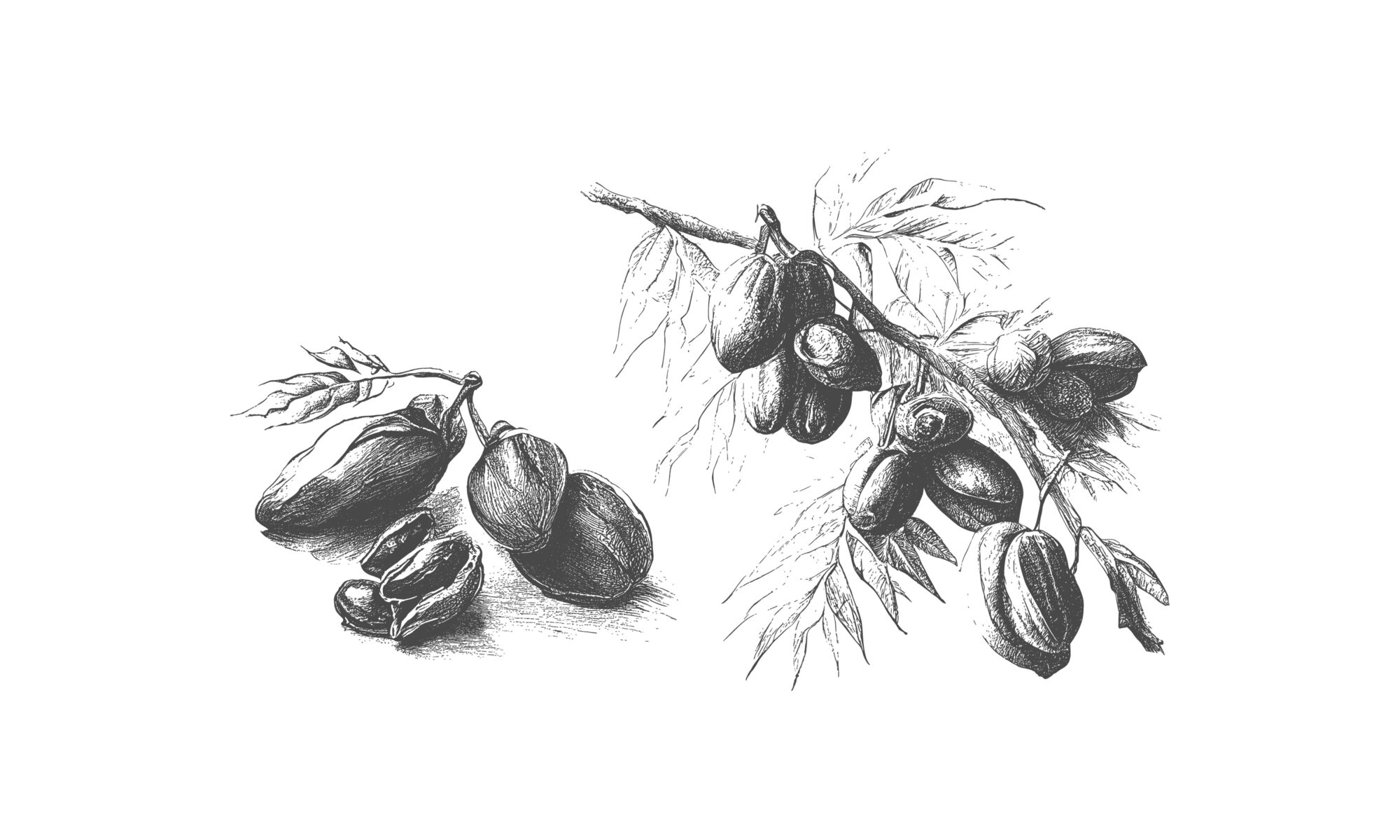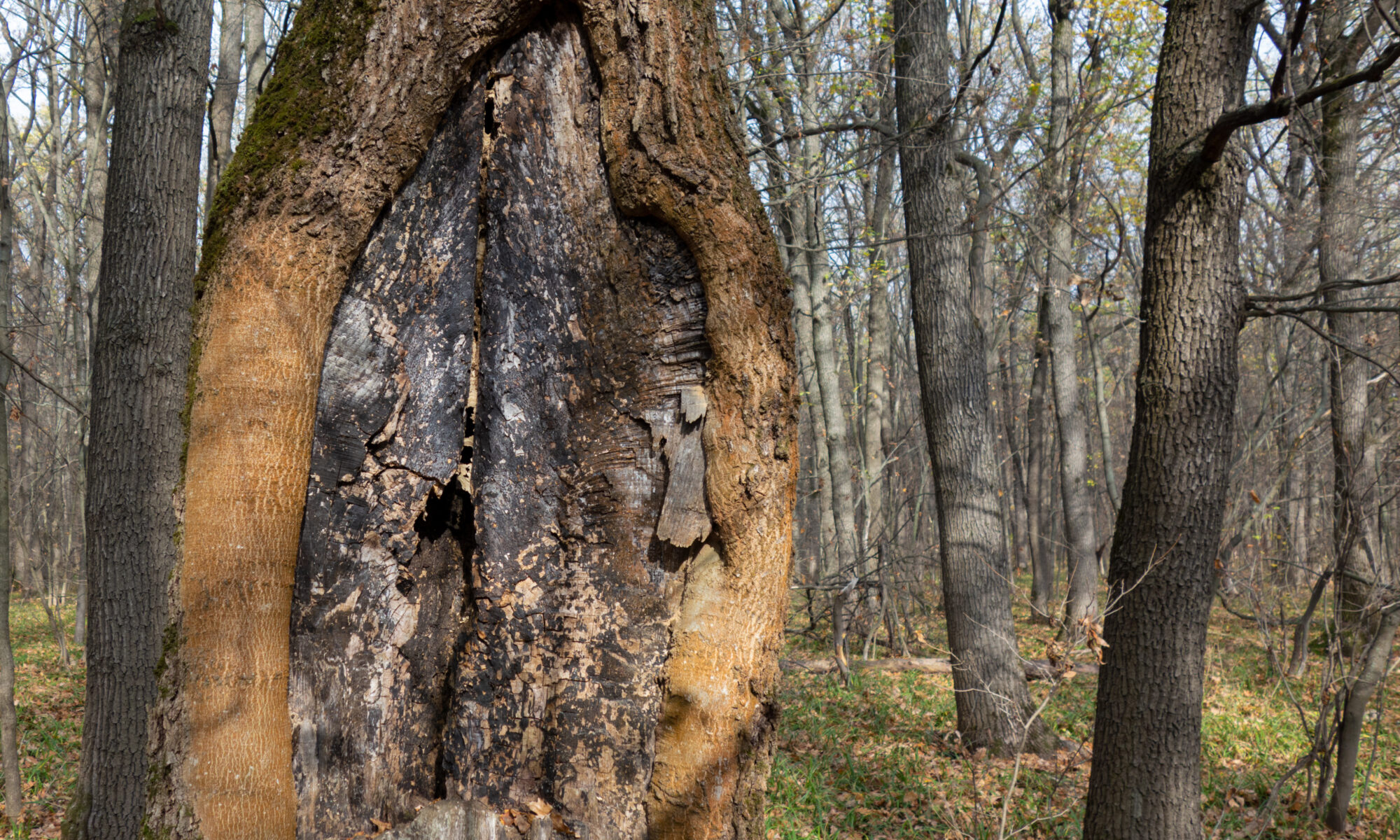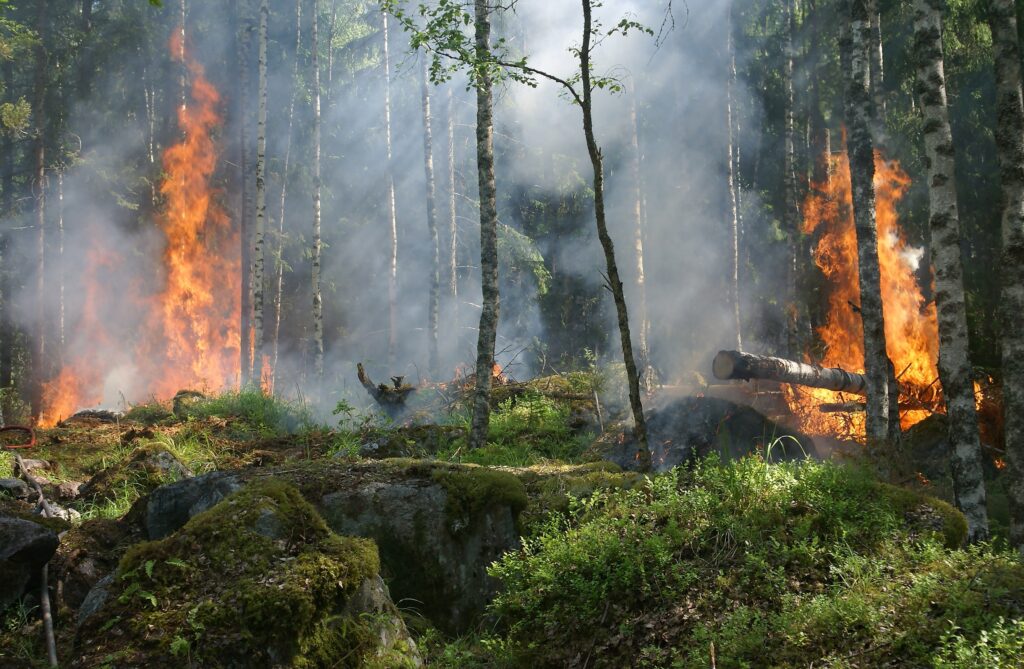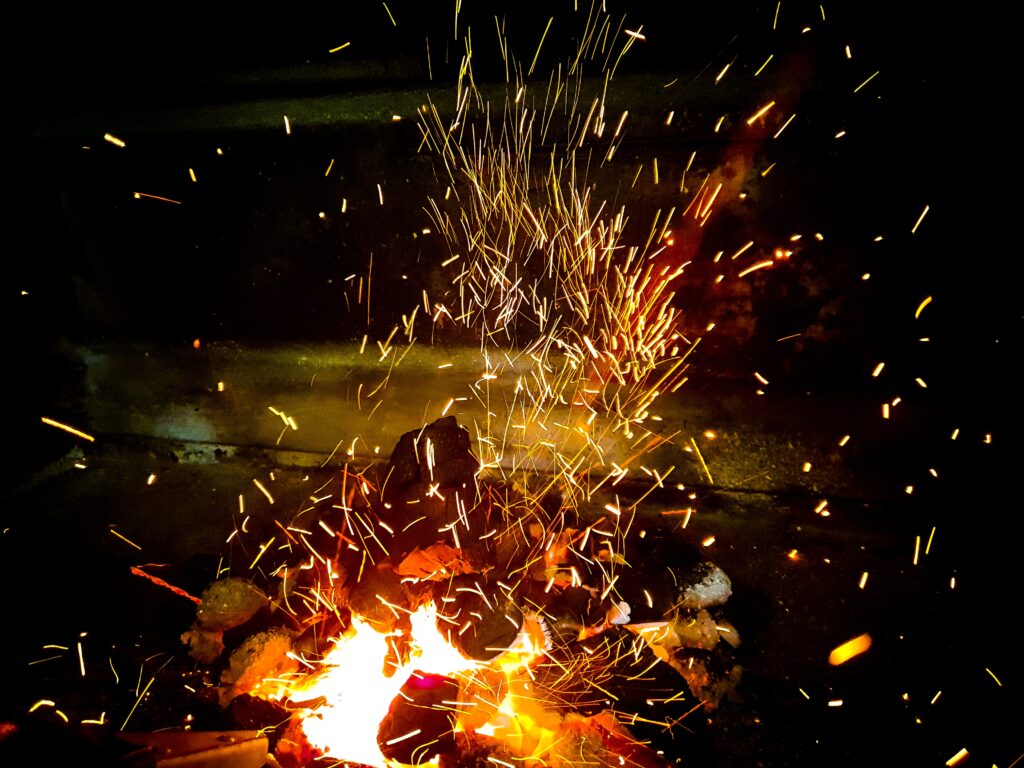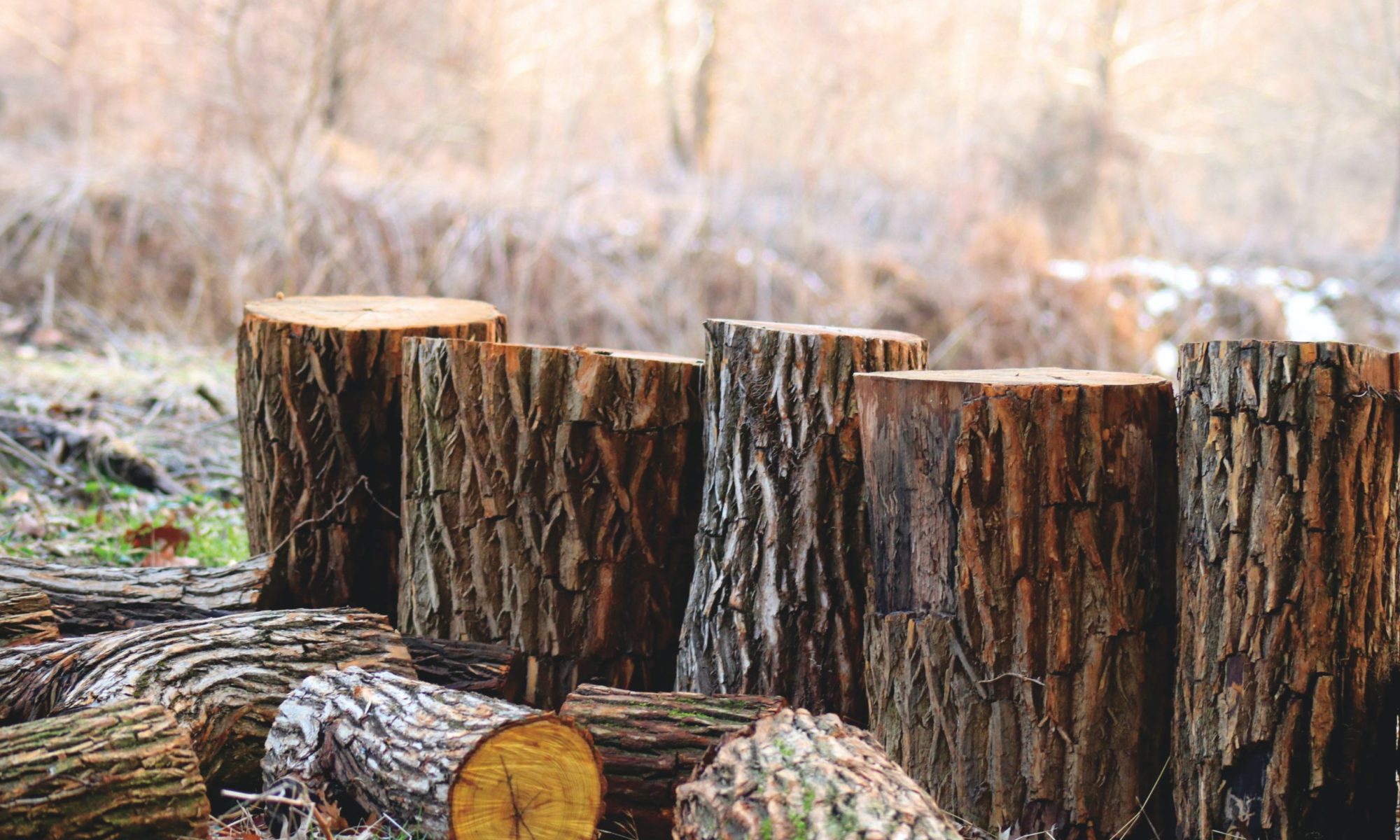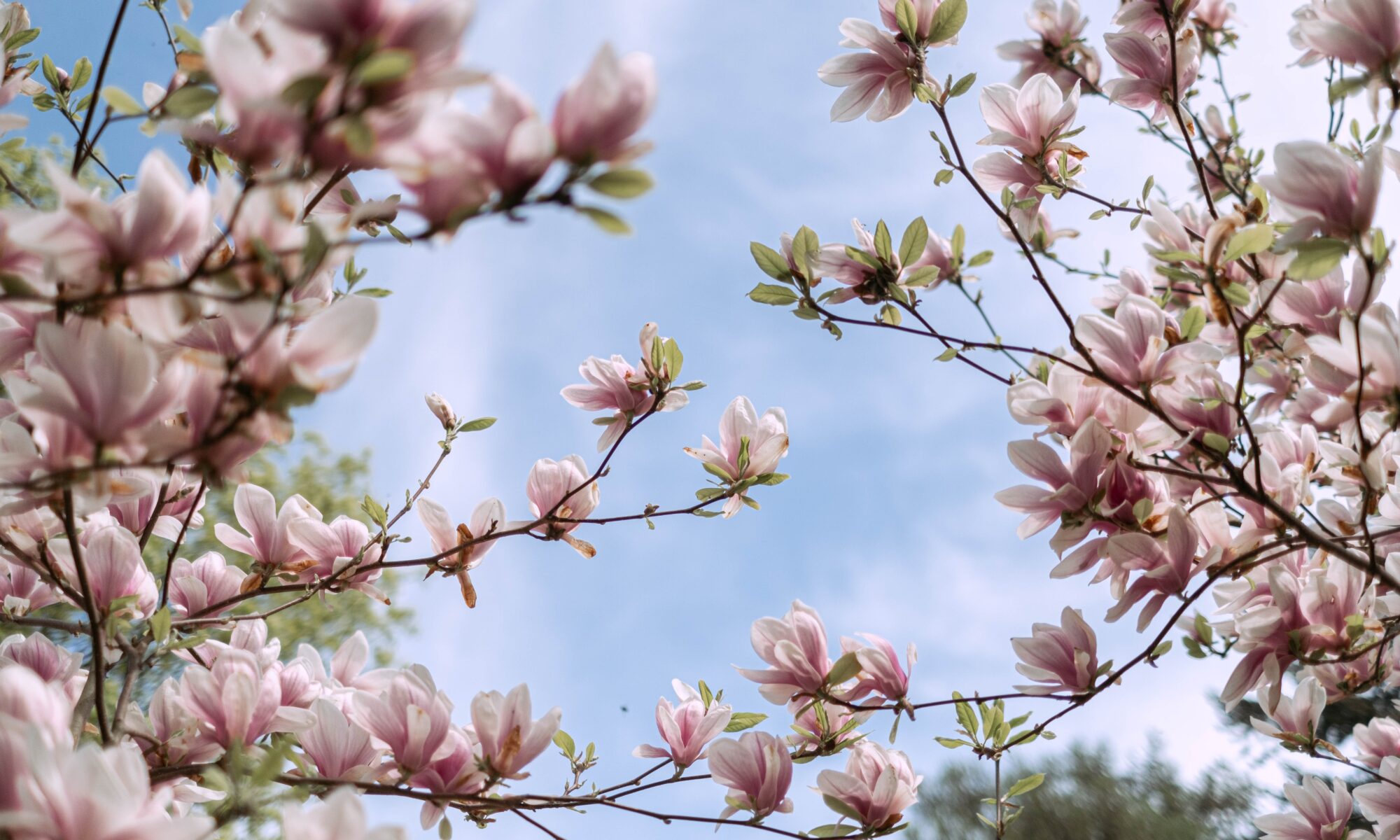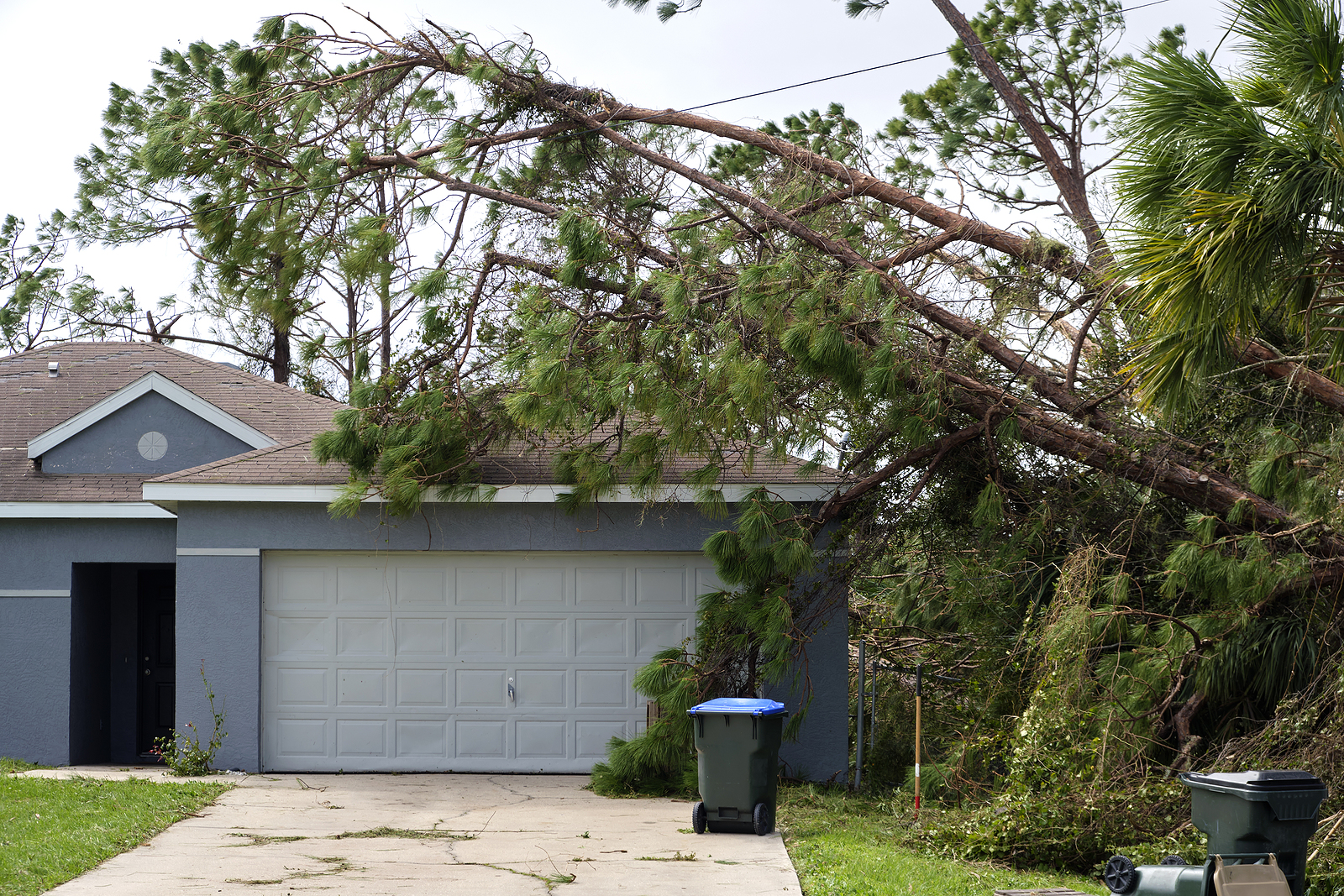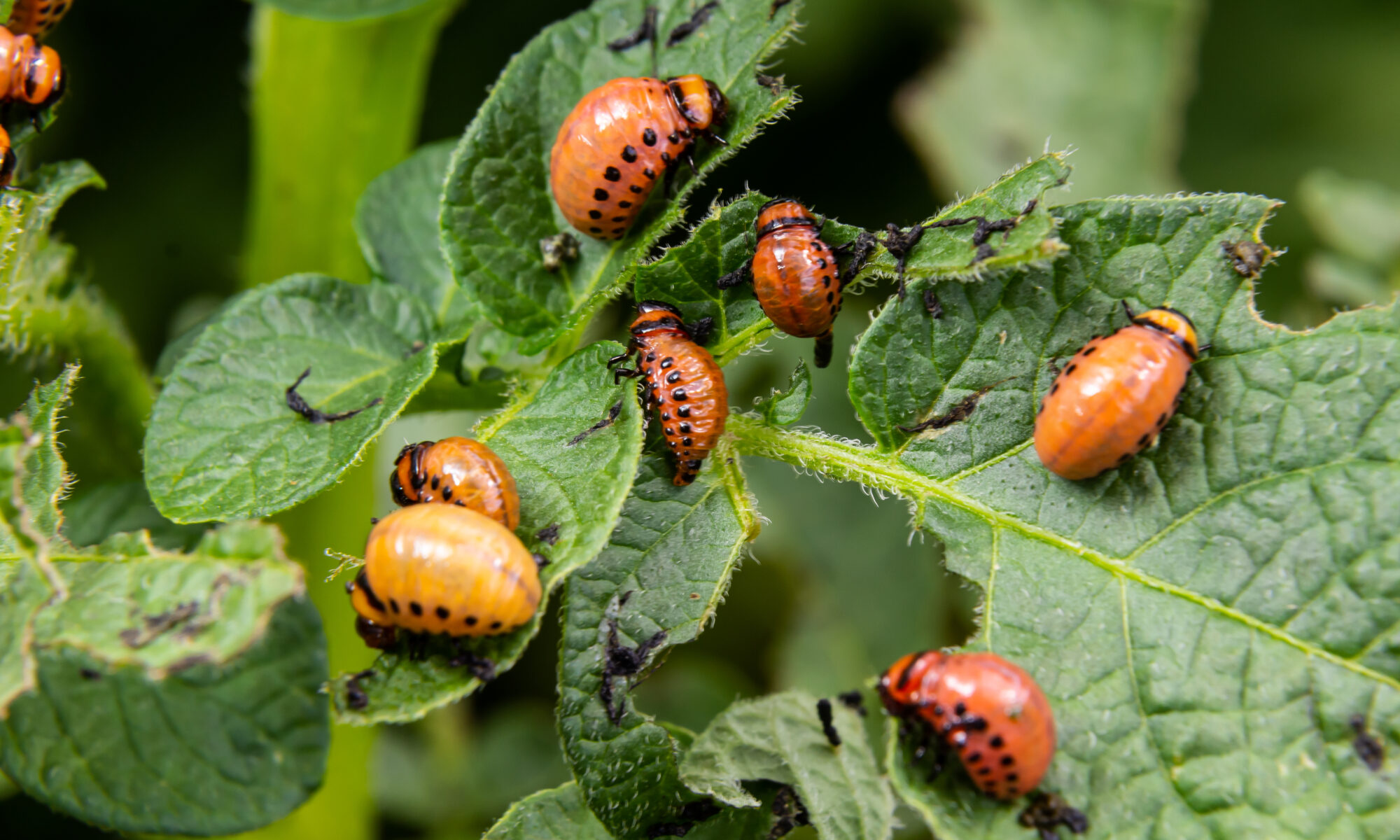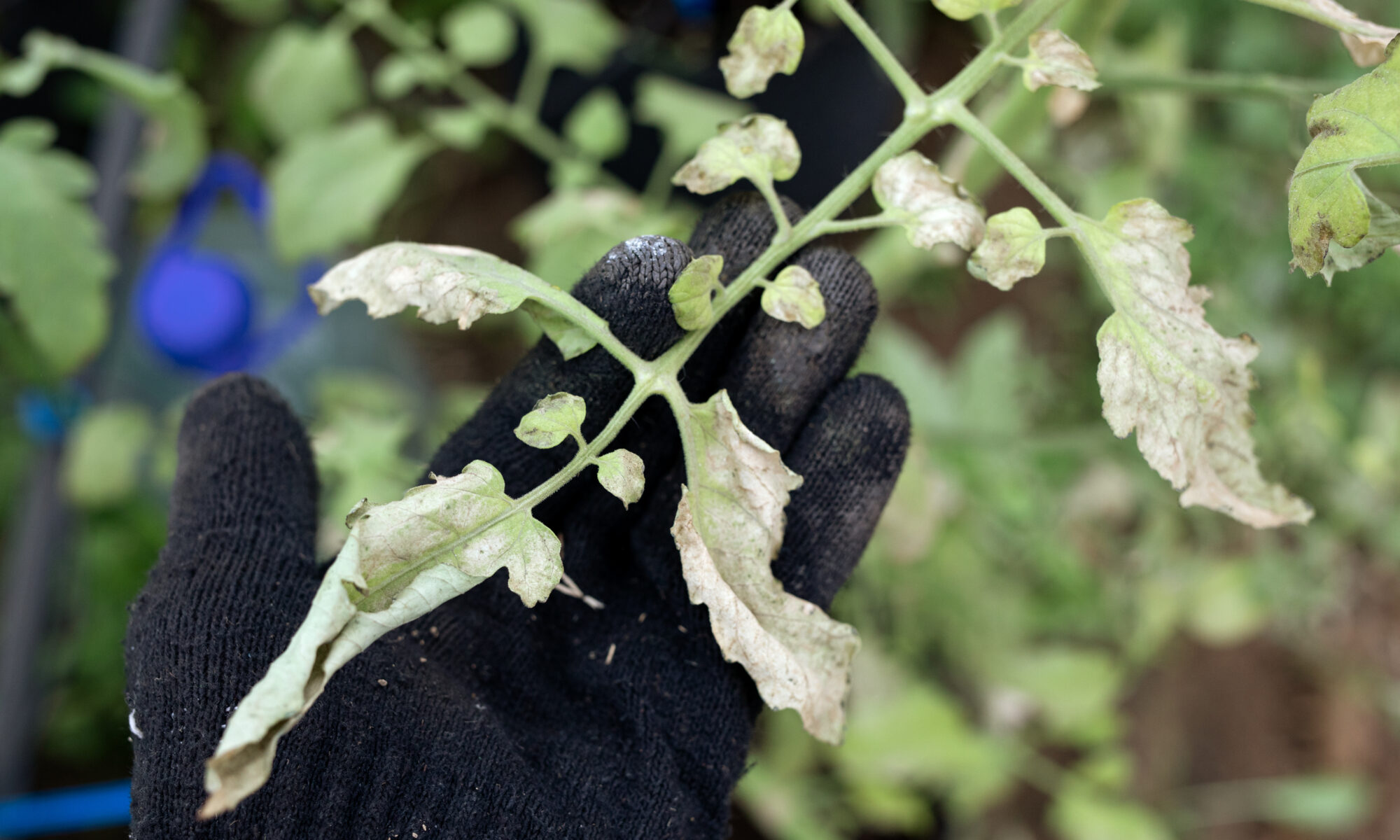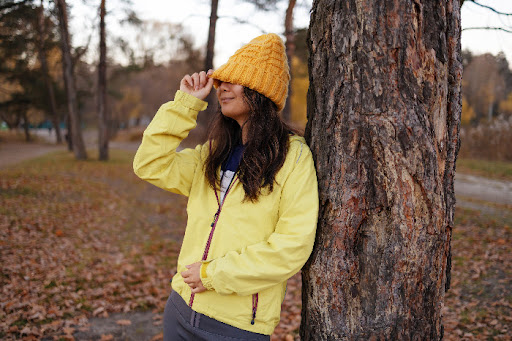Welcome to the latest edition of “Tree News,” where we bring you the most exciting updates and groundbreaking developments in the world of botany and dendrology. Today, we have a compelling story to share with you that has captured the attention of scientists and nature enthusiasts alike. In a remarkable achievement, a 2,000-year-old extinct tree species has been successfully revived from seeds, marking a significant breakthrough in the field of plant biology.
Join us as we explore the fascinating details of this extraordinary discovery and its potential implications for the future of plant conservation and agriculture.
Resurrecting An Extinct Tree Species
In 2021, scientists announced that they had successfully revived a 2,000-year-old Judean date palm tree from seeds found in the 1960s and 1970s in the ancient fortress of Masada, Israel.
How Did the Tree Go Extinct?
The Judean date palm (Phoenix dactylifera L.) is believed to have gone extinct in the 15th century CE due to a combination of factors, including the destruction of the forests in which it grew, changes in climate, and the introduction of new diseases that affected the plant’s ability to reproduce. Additionally, the Judean date palm was prized for its fruit, and overharvesting likely played a role in its decline. Despite its extinction, the tree’s fruit was still mentioned in ancient texts and depicted in artwork, which helped preserve its memory and importance in Jewish culture and history.
The tree’s seeds were thought to have lost their viability over time. However, after decades of efforts by scientists, they managed to germinate one of the ancient seeds and grow a healthy tree, which they named Methuselah, after the oldest person in the Bible.
How and Where Did Researchers Find Seeds?
Archaeologists found the seeds of the Judean date palm in the 1960s and 1970s at the archaeological site of Masada, a fortress in the Judean Desert of Israel. Masada was built by King Herod the Great in the first century BCE and later became the site of a Jewish revolt against Roman rule in the first century CE. When the Romans captured the fortress in 73 CE, they destroyed much of the surrounding vegetation, including the Judean date palm trees.
The seeds were discovered in a storage room at the site, preserved in a dry and cool environment for nearly 2,000 years. In the 2000s, a team of scientists led by Dr. Sarah Sallon of the Hadassah Medical Organization in Jerusalem obtained some of the seeds and attempted to germinate them, but without success. However, in 2021, a team of researchers from the Arava Institute for Environmental Studies in Israel managed to germinate one of the ancient seeds, leading to the successful revival of the Judean date palm tree.
The Revival Process
The process of reviving the tree was not an easy one. The scientists used a combination of techniques, including radiocarbon dating to determine the age of the seeds, and careful nurturing of the seedlings in a specialized environment to ensure their survival.
The Methuselah tree is currently growing in a greenhouse at the Arava Institute for Environmental Studies in Israel, where researchers continue to study it. The tree is male and is incapable of producing fruit, but its successful revival is a significant achievement in plant biology. It has raised hopes that scientists could similarly revive other extinct or endangered plant species.
The Judean date palm was an important crop in ancient times, and its fruits were prized for their sweetness and nutritional value. They were used as a staple food by ancient civilizations and were also considered a luxury item, often given as gifts to royalty and other dignitaries.
The Judean date palm also has great symbolic significance in Jewish culture and history. In ancient times, it represented prosperity, beauty, and righteousness, and its leaves were used to create ceremonial decorations and other items. The tree is mentioned several times in the Bible, and its fruits are said to have been one of the seven species of the land of Israel, which were considered to be the fruits of the Promised Land.
The tree’s revival has sparked interest in reintroducing the species to modern agriculture, as it may be able to grow in harsh desert conditions and provide a valuable food source for people living in arid regions.
Other Extinct Trees that We May See Again
Yes, scientists are working on reviving several other extinct or endangered tree species using a variety of techniques including seed banks, tissue culture, and genetic engineering. One notable example is the American chestnut tree (Castanea dentata), which was once a dominant species in the eastern forests of North America, but was decimated by a fungal disease termed “ink disease” in the early 20th century. Scientists are now working to develop a blight-resistant variety of the tree using genetic engineering.
Another example is the Hawaiian hibiscus (Hibiscus brackenridgei), which is native to the Hawaiian islands and is considered to be critically endangered. Scientists are working to conserve the species through seed banking and other techniques, and there have been successful efforts to reintroduce the plant to certain parts of its native range.
In addition to these examples, many other plant species are currently threatened by habitat loss, climate change, and other factors. Scientists are working to conserve and protect these species through various methods.
Climate Change’s Impact on Tree Species
Climate change has already profoundly impacted tree species worldwide, with many facing increased threats from rising temperatures, altered rainfall patterns, and more frequent extreme weather events such as droughts, floods, and wildfires.
One of the most visible effects of climate change on trees is the shift in their geographic ranges. As temperatures warm, many tree species are moving northward or to higher elevations in search of suitable habitats. This can result in changes to the composition and structure of forest ecosystems as different species interact and compete for resources in new ways.
In addition to range shifts, climate change can affect tree growth, reproduction, and survival. Warmer temperatures can cause trees to flower earlier in the year, disrupting the timing of pollination and affecting fruit and seed production. Droughts and water stress can also cause tree mortality, particularly in regions that are already arid or experiencing water scarcity.
Climate change can also exacerbate existing threats to tree species, such as habitat loss and invasive species. For example, warming temperatures and altered precipitation patterns can make forests more vulnerable to insect outbreaks and diseases, which can have devastating impacts on tree populations.
Despite these challenges, there are also opportunities for trees to play a role in mitigating the effects of climate change. Forests are important carbon sinks, sequestering and storing large amounts of carbon dioxide from the atmosphere. Efforts to restore degraded forests, reduce deforestation, and promote sustainable forest management can reduce greenhouse gas emissions and protect important tree species.
Is It Dangerous To Revive Old Tree Species?
The revival of old tree species is not necessarily dangerous, but it raises important ethical and ecological questions that must be carefully considered.
One concern is the potential impact of reintroducing extinct or rare species to modern ecosystems. Revived trees may be vulnerable to the same threats that caused their extinction in the first place, such as habitat loss, climate change, and invasive species. Additionally, reintroducing a previously extinct species may have unintended consequences for existing species, potentially disrupting ecosystem dynamics and altering the balance of native plant communities.
Another concern is the potential for revived trees to be exploited for commercial or agricultural purposes, which could further threaten their survival and potentially harm local communities and ecosystems. It is essential to carefully consider the potential benefits and risks of introducing revived species into modern agriculture or industry.
Finally, there are also ethical considerations around the use of resources and funding for the revival of extinct tree species, particularly when pressing environmental and social challenges require immediate attention and resources.
Overall, the revival of old tree species is a complex and nuanced issue that requires careful consideration of ecological, social, and ethical factors. While risks and challenges are associated with this work, there is also potential for it to contribute to the conservation and protection of valuable plant species and ecosystems.
Together, we can work to protect and preserve our planet’s trees for future generations and ensure a sustainable future for both humans and the natural world. Let’s make our trees sexy again! For all your Bay Area tree care needs, contact our professional arborists at Sexy Trees.
 Bringing Sexy Back Into Your Yards
Bringing Sexy Back Into Your Yards 
